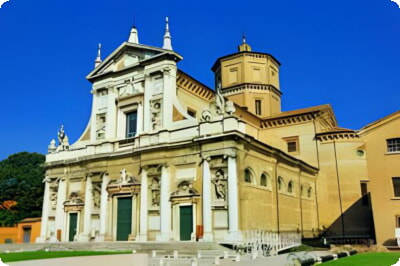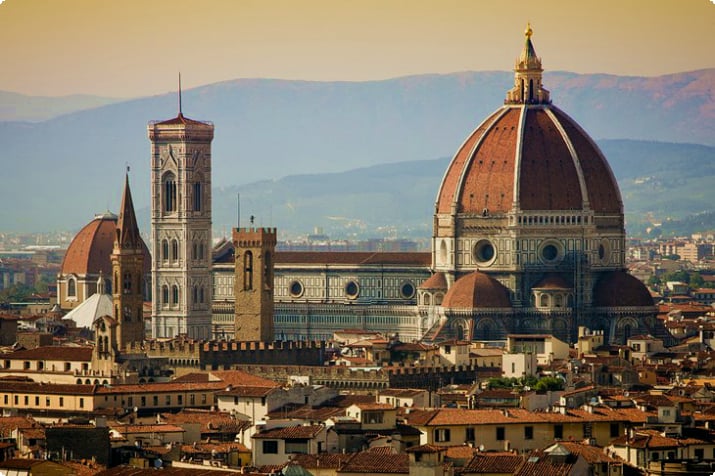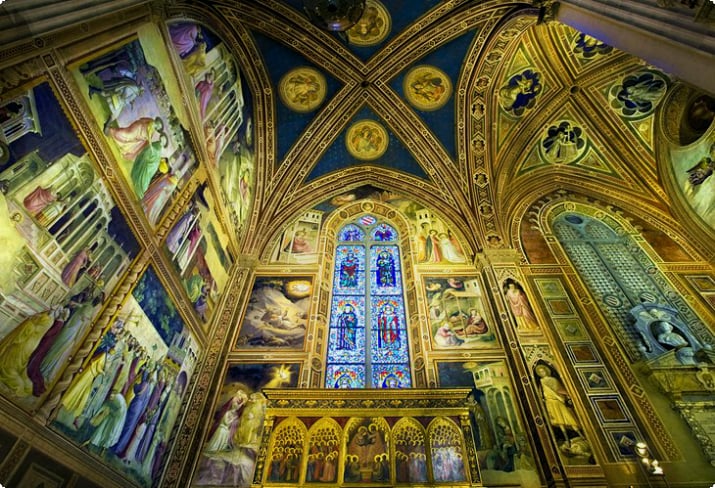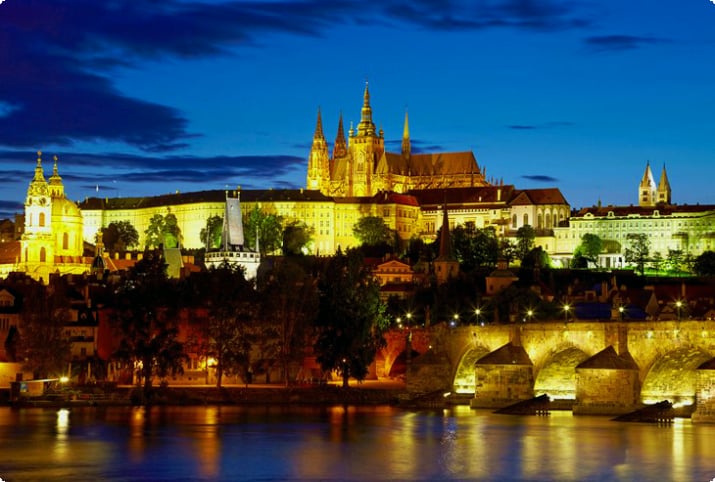The Pantheon: Rome's Architectural Masterpiece
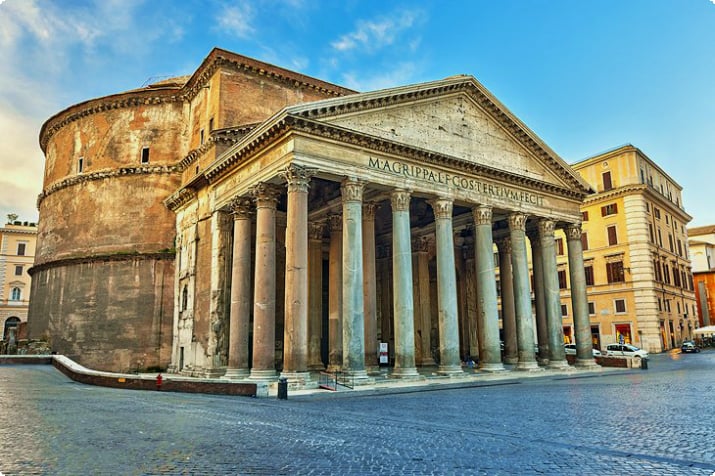
The Pantheon stands as a testament to the architectural prowess of ancient Rome, remaining largely intact for over 2,000 years despite being stripped of its roof metal by two popes. Its enduring structure and aesthetic appeal make it a top destination for visitors exploring Rome's attractions.
Commissioned by Marcus Agrippa and later rebuilt by Emperor Hadrian, the Pantheon was originally a temple for the gods. It was repurposed as a Christian church in 609, which contributed to its preservation.
The building's design, featuring a massive dome atop a cylindrical structure with strategic voids and alcoves, allows for both stability and lightness. The once marble-clad exterior now stands bare, but the interior's harmonious proportions continue to awe visitors.
Key Features of the Pantheon
- Dome
- Porch
- Interior
- Tombs and Art
Dome
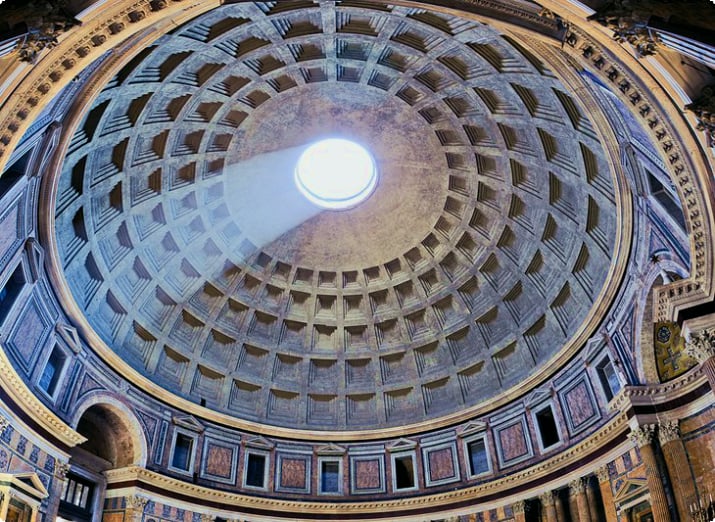
The Pantheon's dome, the largest unreinforced concrete dome in the world, has influenced countless Western architectural works, including St. Peter's Basilica and the US Capitol. Its construction utilized progressively lighter stones to manage the weight, and the oculus at the center remains the sole light source.
Porch
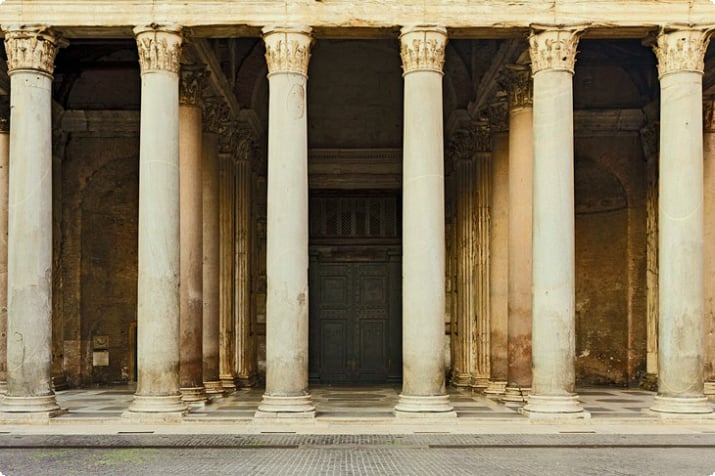
The porch, with its 16 granite columns, leads to the Pantheon's bronze doors, which have survived the centuries intact. An inscription above the entrance honors the original builder, Marcus Agrippa.
Interior
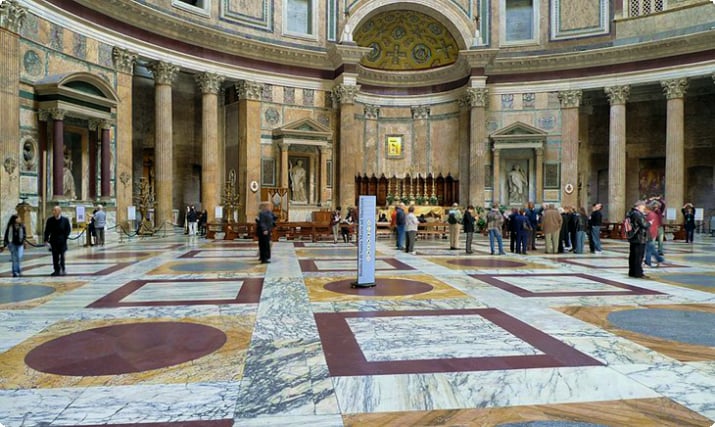
The interior's vast space, with a height equal to the dome's diameter, is designed to symbolize the earth and the heavens. Niches and minimal decoration contribute to the sense of grandeur and harmony.
Tombs and Art
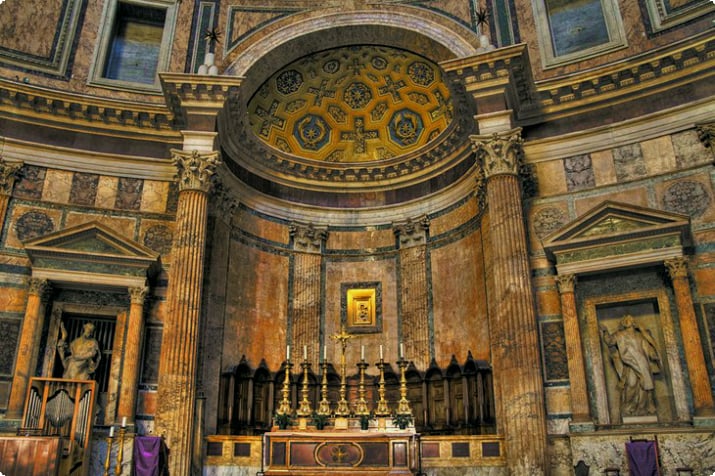
The Pantheon also serves as a final resting place for Italian royalty and notable figures like the artist Raphael. Its art includes a 7th-century icon of the Madonna and Child and remnants of second-century decorations.
Visiting Tips
- Tours: Join a guided tour to learn more about the Pantheon and other ancient sites.
- Individual Visits: To avoid crowds, visit early in the morning or late in the day. Admission is free.
- Photography: The best light for photos is around noon when the sun shines through the oculus.
Getting There
- While buses can't navigate the narrow streets nearby, hop-on-hop-off tours stop within walking distance.
Accommodations and Attractions Nearby
Hotels near the Pantheon can be pricey, but there are value options like serviced rooms and B&Bs. Attractions like Piazza Navona and Campo de' Fiori are just a short walk away.
Dining and Shopping
For dining, consider local favorites like Osteria del Sostegno or Ristorante Grano. Nearby shops offer exquisite paper goods, clothing, and handcrafted leather.
Discover More
Explore more of Rome's historical sites, take day trips to Tivoli or Ostia Antica, or venture to Naples and Pompeii. Find comprehensive guides and accommodation tips on tripates.com.


